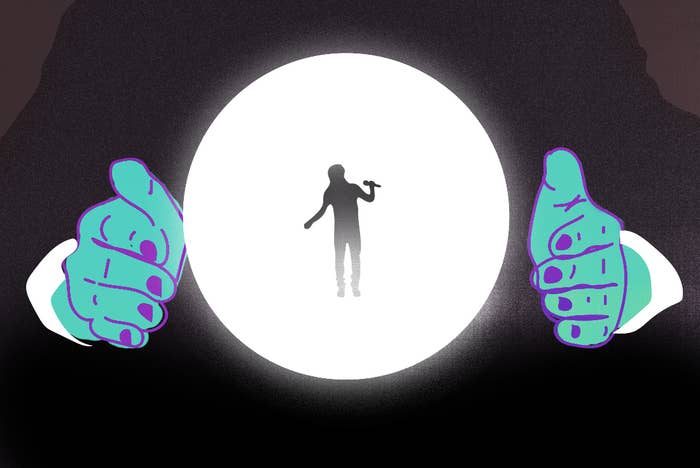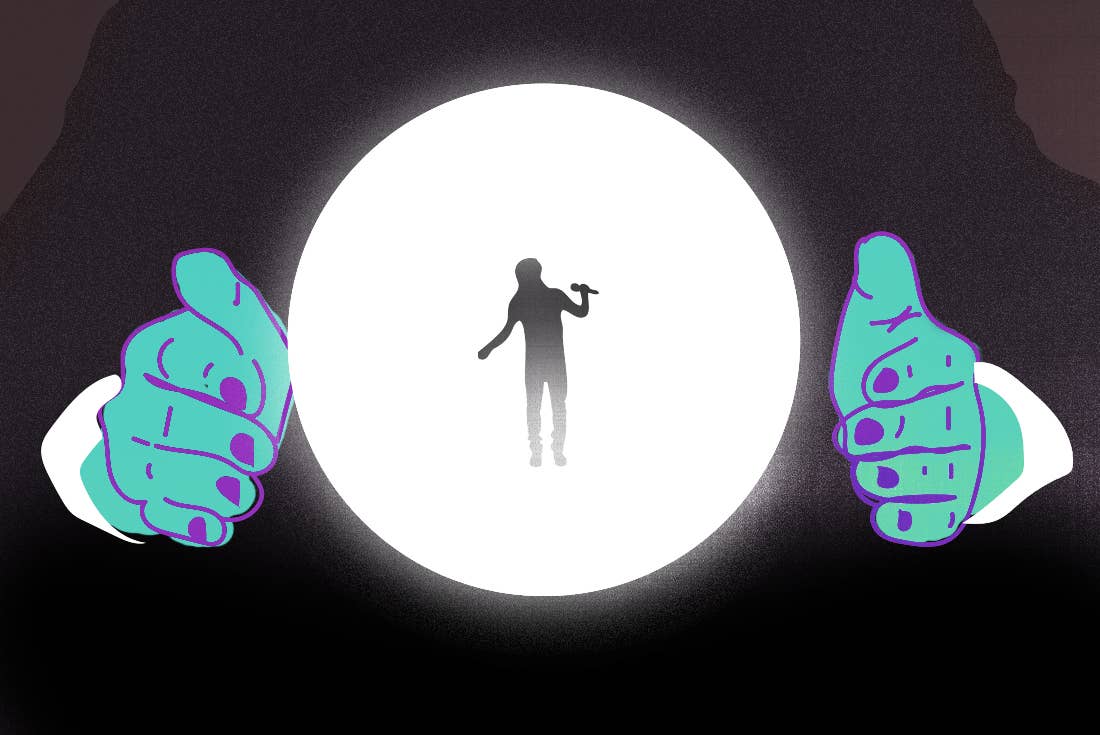
In their 2013 interview with NPR, Earl Sweatshirt and Vince Staples discussed why they keep their circles small. Their reasoning: because of the internet’s low barrier to entry, there are too many pseudo-artists taking their stabs at what they think will get them famous, and the industry doesn’t acknowledge a difference. “The internet is life now,” said Staples. “There’s no hierarchy or type of shit like that… [There are] 100,000 idiots on this street, and they can give somebody 100,00 views on YouTube. And that can get somebody a deal.”
There have been countless debates about whether the quality of popular music is decreasing as labels chase quick hits, but a label alone can't make a song a hit. The public still needs to listen to it. Perhaps the industry’s not entirely to blame for feeding us lesser quality content. Maybe it’s becoming our responsibility to do something about it before they do.
ARE WE, AS A GENERAL POPULATION, "GOOD" AT CHOOSING WHAT WE LIKE?
The music industry, and all of pop culture at large, is often engaged in a guessing game, trying to figure out what people want. To do this, labels are spending more time looking at data—the trends and patterns of public consumption—to try and map the ever-changing tastes of their audiences. But the relationship between consumer-generated data and the music industry is a much more convoluted equation than simply “you ask, we give.” Instead, there are larger, sociological conversations involved when analyzing how the music industry is involved in trends.
Record labels are profit-seeking enterprises with enough of a monopoly over the supply of entertainment to sell almost anything to the population—their co-signing of an artist can magnify his or her impact tenfold. They have invaluable influence over the direction of popular culture. And since they're taking cues from the internet's listening habits, a level of responsibility exists among the public to choose our artists wisely.
Shav Garg and Connor Lawrence are two of the co-founders of indify, a data-collecting platform aimed to track and chart artists buzzing on the internet. indify is of the key players in the shift toward a data-driven music industry. The company visually maps which artists we, as an online listening community, are pushing forward. From this, A&Rs and label heads are able to make calls about which artists and styles to pursue.
indify’s algorithms show which artists are spiking in followers or plays on social media, Soundcloud, and Spotify. Scroll through indify’s search engine and a wealth of data for each artist is provided: surges in streaming numbers over time, relative fan base size, etc. But while their platform is driven by numbers, Garg and Lawrence advise their consumers to use discretion when analyzing their data.
“[indify] is a tool to help [A&Rs] find what they’re looking for, and to use the data as an indicator rather than an end-all,” Lawrence says. “I think there’s always going to be a human part of it—do you believe in something beyond what the data says?”
But the human element to evaluating data is shrinking. As Earl and Vince predicted, viral social media stars are getting deals off their massive followings. The idea of "artist development" feels outdated. We are asked to accept these artists as they come, even when they're accused of domestic abuse or murder. But all the industry is doing is following data generated by the listening public. Maybe the question shouldn’t be “Why are these artists getting deals?” but rather, “Should we treat our listening habits as endorsements?”
We’re an incredibly participatory culture, and with viral content and social media sharing at an all-time high, it’s easy to see what the world is listening to at any given moment. Milo Stokes joined Create Music Group when he realized the potential power—and monetary benefits—of harnessing that kind of cultural participation. At first, the platform was designed to help artists monetize videos that used their songs. But Milo and his team quickly became enamored with how much data could be derived from viral content.
WITH THE INDUSTRY'S RESPONSIVENESS TO DATA AT AN ALL-TIME HIGH, IT'S BECOMING POSSIBLE TO USE OUR VOICES TO ADJUST ITS COURSE.
“At first, I overlooked the potential of those videos,” Milo said, “but when I saw the data, I started to pay closer attention.”
“I look at things and can see where it has a home. Like for instance, people would think Tekashi69’s style is niche, but with this new way to perceive and reach people, niche markets can very easily turn into pop culture.”
With the industry’s responsiveness to data at an all-time high, it’s becoming possible to use our voices to adjust its course. In theory, how we determine popular taste is democratic—which should be great for diversity and inclusion, in an idealistic, utopian sense. But the tyranny of the majority is real, and online buzz will grab the attention of record labels regardless of what the music sounds like or how the artist acts. Your listening habits have literally become a vote—maybe it's time we start using it.

